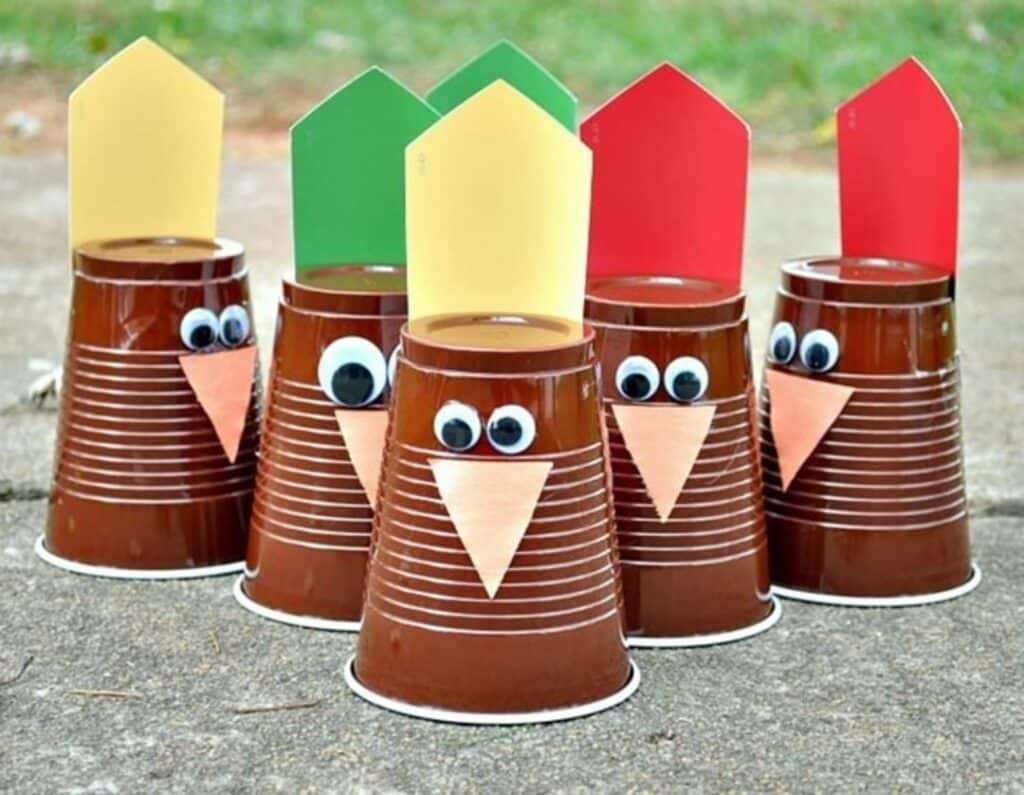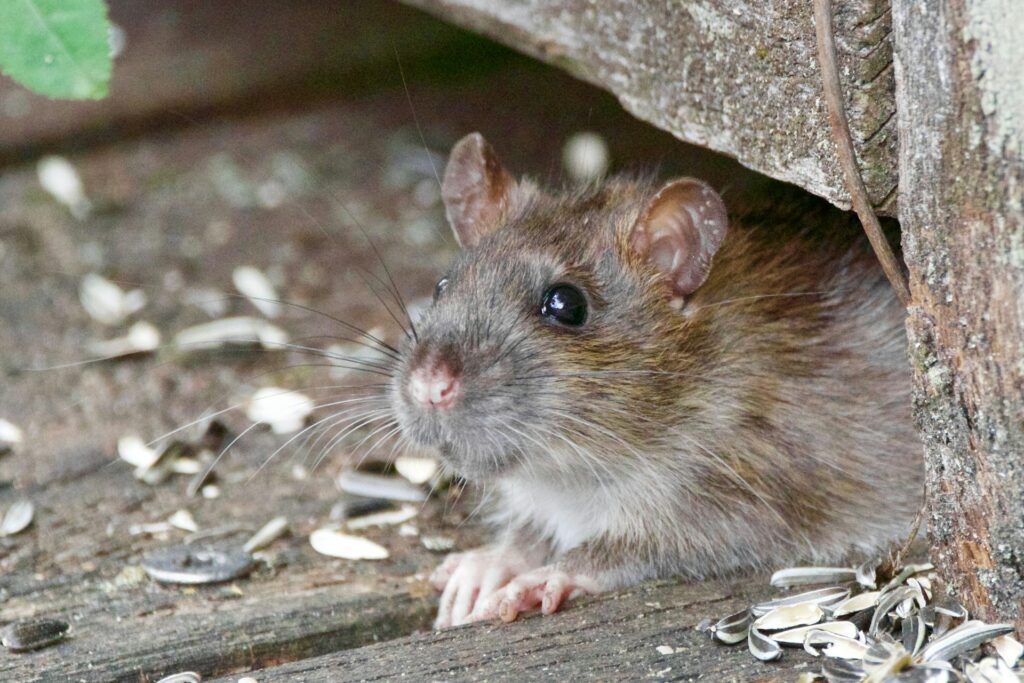If you know anything about cockroaches, you likely know these pests prefer warm, humid climates. However, roaches are still very present in homes and apartments located throughout the country, including those in cold, dry environments. While certain types of cockroaches are better equipped to survive in the cold than others, most will avoid the cold and seek out warmth in the garages, basements, attics, and walls of unsuspecting homeowners. Because this can’t always be avoided, it’s important to know how to identify, prevent, and kill roaches in case they do survive the cold winter months.
Identifying Roaches
While there are over 4,600 species of cockroaches in existence, only five tend to inhabit homes and apartments in the U.S. These five include the American cockroach, the German cockroach, the Oriental cockroach, the Brown Banded cockroach, and the Smokybrown cockroach. These pests, as a whole, are one of the most common apartment bugs in the U.S., but not all homeowners and renters can identify these bugs as roaches, much less recognize their eggs.
Cockroaches lay their eggs in oothecae, which are white egg cases made from proteins. When laid, this casing has a soft, white exterior, which gradually hardens and becomes a dark reddish-brown color over time. How many eggs each ootheca can carry depends on the species of cockroach, but on average, each case holds between 10-20 eggs. Since the oothecae often measure to only 8mm long, it’s very unlikely for homeowners to notice these protective casings while they still contain the eggs.
Identifying cockroaches becomes tricky when the eggs hatch. Baby cockroaches look almost nothing like their adult counterparts; instead, their bodies appear white or gray until their exoskeleton begins to harden and gives them their recognizable dark brown or reddish tint. Baby cockroaches are also significantly smaller than adults, measuring just ¼ inch long or smaller, and they don’t grow fully-formed wings until 6 months to a year after birth. Considering these young pests are born in groups of 10-20 at a time, spotting a baby cockroach in your home can mean you’re harboring a serious infestation.
Can Roaches Survive in the Cold?
The short answer is, sort of. While these pests prefer warm, humid climates, they can technically survive in colder weather. Whether they can survive extreme cold, however, is a different matter. These pests are believed to be able to survive temperatures as low as 0 degrees Fahrenheit but will likely die if the temperature falls into the negatives.
Addressing the temperature threshold for cockroaches, studies suggest that most species despise the cold, with survival becoming precarious as temperatures drop. Many homeowners wonder what temperature kills roaches effectively. It is worth noting that while roaches can withstand cold conditions, temperatures below freezing are generally difficult for a cockroach to deal with. However, as can roaches freeze to death depends on the duration of exposure and acclimatization, some might even survive brief dips into colder climates before succumbing. In essence, while cold air can distress and potentially kill roaches, their resilience shouldn’t be underplayed, driving the need for proactive pest management before cold seasons.
While this seems like good news for homeowners in the northern United States, these pests are more adaptable than you might think. Cockroaches are able to acclimate to their surroundings, meaning they can adapt to survive freezing temperatures if eased into the temperature gradually. While their reproductive abilities may falter when temps reach below 45 degrees Fahrenheit, the adult cockroaches can still survive, which can then lead them toward the warm, heated rooms of your home.
Preventing Roaches from Coming Indoors
While cockroaches can survive in the cold, these pests still prefer heat and humidity, and they are relentless when it comes to finding a way indoors. Any sized crack, crevice, or hole in your home’s foundation can allow these pests entry into your home. Because of their uncanny ability to hide within walls, pipes, and small, cluttered corners, it may take months for you to notice a serious cockroach infestation.
The best way to protect your home from housing hundreds of these pests is to prevent them from coming inside in the first place. Many homeowners wrongly assume that keeping their home clean will prevent a cockroach infestation, and then wonder why their clean house has roaches. While a clean home is safer from an infestation than an untidy one, the changing weather is often the biggest culprit. The most important preventive measure to take is to seal any potential entry points along the exterior of your home. Spending time to fill every visible hole and crack in your walls and pipes will help you deter cockroaches from sneaking indoors in droves when the weather cools down.
We don’t mean to discount the effectiveness of cleanliness when it comes to roach control, however. It is still recommended for homeowners to be mindful of the crumbs and residue they leave behind on kitchen countertops and floors, as these are easy targets for roaches searching for food at night. It’s also important to take out the trash every few days and sweep and vacuum carpets multiple times a week, to remove any cockroach eggs that might be hiding on the surface.
How to Get Rid of a Cockroach Infestation
If you do find that your home has fallen victim to a cockroach infestation, the most important thing you can do is take action immediately. Many DIY blogs and articles tout the benefits of using roach bombs and foggers to clear out an infestation, but the effectiveness of this treatment is questionable. These products make your home unusable for hours at a time while the chemicals settle, often coating floors and furniture with the sticky, smelly residue. Not only are these products not effective at fully killing a roach infestation, but they also require hours of cleanup once the process has been completed.
Another extermination method commonly used for cockroach infestations is boric acid. While it is a powerful pest control tool, it must be applied to infested areas flawlessly for it to be effective. How does it work? Boric acid is a powder that’s poisonous to roaches and other bugs. When roaches walk across it, their legs become coated in the powder, which they then ingest when it comes time to clean themselves. Using boric acid is a credible, but slow, roach control solution, and it’s impossible to ensure that this substance will kill every roach living in your home. Because this substance is also toxic for humans and animals, homeowners with small children or pets running around may want to avoid using boric acid within the home.
The only ensured way to destroy a cockroach infestation is by investing in a professional pest control treatment. These pests are notoriously resistant to DIY treatments and can hide in impossibly small crevices throughout your home’s structure, thereby requiring professional extermination solutions. If you do find that the cold weather has brought an influx of roaches into your home, give your local Aptive Environmental branch a call to schedule an extermination with one of our pest control technicians.









